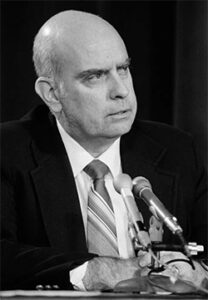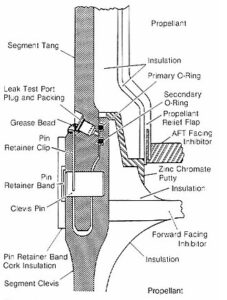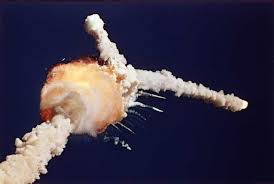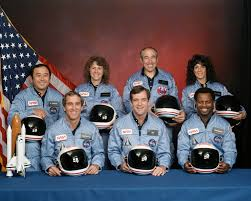
 The Space Shuttle Challenger mission, named STS-51-L, was the twenty-fifth Space Shuttle flight and the tenth flight of Challenger. The crew was announced on January 27, 1985, and was commanded by Dick Scobee. Michael Smith was assigned as the pilot, and the mission specialists were Ellison Onizuka, Judith Resnik, and Ronald McNair. The two payload specialists were Gregory Jarvis, who was assigned to conduct research for the Hughes Aircraft Company, and Christa McAuliffe, who flew as part of the Teacher in Space Project. The mission was originally scheduled for July 1985, but was delayed to November and then to January 1986. The mission was scheduled to launch on January 22, but was delayed until January 28, 1986. This was definitely a “less than ideal” situation. Delay after delay, maybe should have raised a serious red flag, but somehow, it did not. At least not to the people who could have changed the outcome.
The Space Shuttle Challenger mission, named STS-51-L, was the twenty-fifth Space Shuttle flight and the tenth flight of Challenger. The crew was announced on January 27, 1985, and was commanded by Dick Scobee. Michael Smith was assigned as the pilot, and the mission specialists were Ellison Onizuka, Judith Resnik, and Ronald McNair. The two payload specialists were Gregory Jarvis, who was assigned to conduct research for the Hughes Aircraft Company, and Christa McAuliffe, who flew as part of the Teacher in Space Project. The mission was originally scheduled for July 1985, but was delayed to November and then to January 1986. The mission was scheduled to launch on January 22, but was delayed until January 28, 1986. This was definitely a “less than ideal” situation. Delay after delay, maybe should have raised a serious red flag, but somehow, it did not. At least not to the people who could have changed the outcome.
One man…Roger Boisjoly knew that the Challenger space shuttle might fail catastrophically at any time. There may have been others I suppose, but none that chose to try to take action. Boisjoly knew that every mission was an accident waiting to happen. Knowing that, he tried to stop the launch on January 28, 1986. He had a definite sick feeling about this mission, but NASA refused to acknowledge his objections. That fact amazes me!! Boisjoly was a rocket engineer who worked for a company that NASA contracted with. He had noticed that the Challenger’s booster rockets had a major design flaw. Their elastic seals had a tendency to stiffen and unseal in cold weather. I’m sure that most of NASA simply took for granted that there would not be much cold weather in Florida. Nevertheless, on this occasion, the Challenger was scheduled for a winter launch. The time had come, and Boisjoly knew that the temperatures would be too low for the booster rocket seals to handle, even in Florida. He convinced colleagues at his engineering company to formally recommend NASA delay the launch. They did, but NASA ignored that recommendation. It was a life altering, or life ending decision on NASA’s part. Most of us know that the rest is history. The launch took place, the seals failed, and the Challenger exploded less than two minutes after it launched. That day, because of the foolish stubbornness and arrogance of NASA, seven people lost their lives. The air temperature on that January 28 was predicted to be a record-low for a Space Shuttle launch. The air temperature was forecast to drop to 18° F overnight before rising to 22° F at 6:00am and 26° F at the scheduled launch time of 9:38am. For most of us, those temperatures wouldn’t seem 
 to be so severe, but for that little seal, it was very severe. Why couldn’t they have swallowed their pride, and postponed a little longer until the temperature warmed a bit. Were we really in that big a rush to start that mission, that we were willing risk the lives of seven people in the attempt. I love the space program and all that it has accomplished, but the people who made that choice that day were foolish and selfish.
to be so severe, but for that little seal, it was very severe. Why couldn’t they have swallowed their pride, and postponed a little longer until the temperature warmed a bit. Were we really in that big a rush to start that mission, that we were willing risk the lives of seven people in the attempt. I love the space program and all that it has accomplished, but the people who made that choice that day were foolish and selfish.


2 Responses to Less Than Ideal